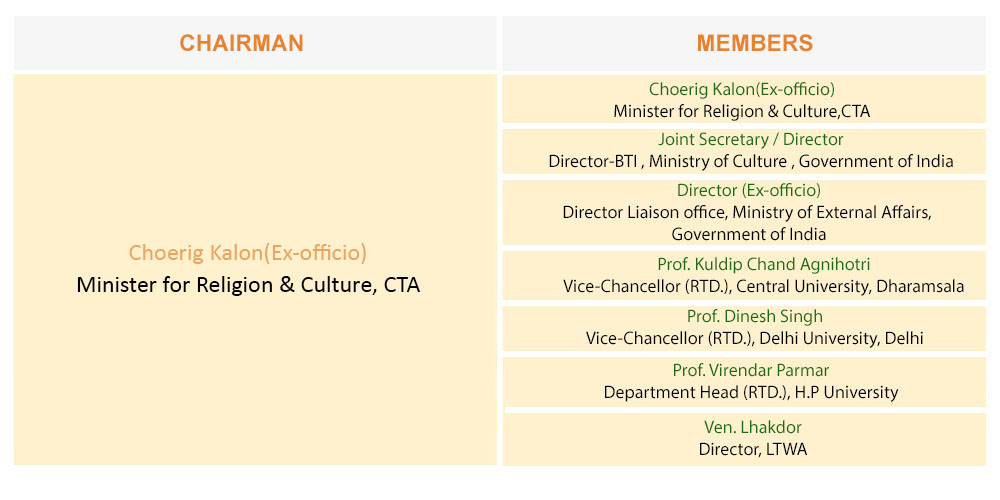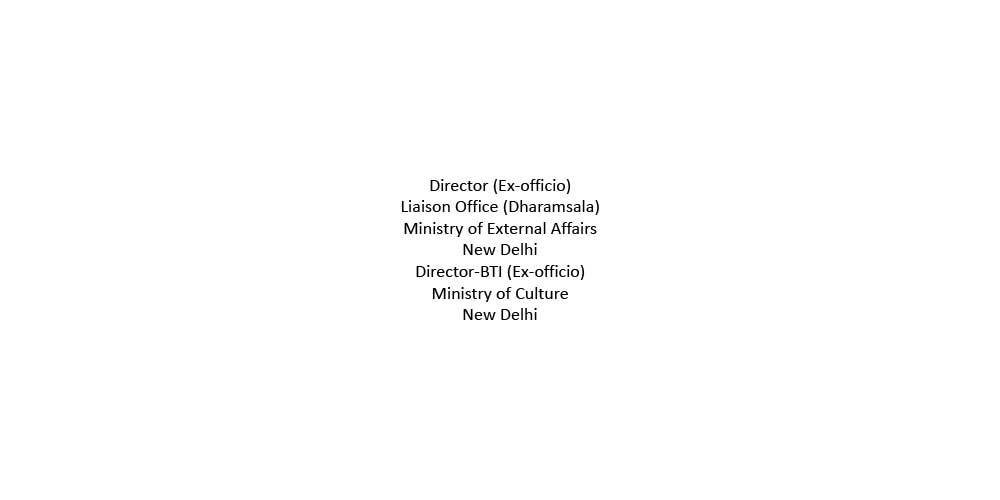The devastation wrought by the Communists Chinese takeover of Tibet in 1959 has rendered the existence of Tibetan culture in peril. Scores of learning centres, ancient manuscripts, artefacts and countless other aspects of Tibetan cultural heritage have either been plundered or destroyed under the garb of modernity. Realizing the impending threat and precariousness of the situation His Holiness the fourteenth Dalai Lama conceived of and founded the Library of Tibetan Works & Archives to restore, protect, preserve and promote the culture.
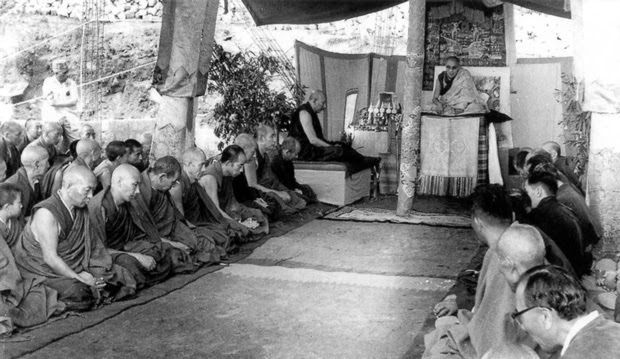
The LTWA was set up in 1970 and registered under the law of the host country and started functioning with meagre resources. Over the years it has made steady headway in a variety of developmental works firmly establishing its credibility. Today, the LTWA is one of the premier institutes in the world specialising in Buddhist and Tibetan studies, providing a comprehensive resources and attracting increasing number of scholars, researchers, students and visitors from across the globe. In 1991, the institute was recognised as Centre for Tibetan Studies by Himachal Pradesh University, Govt. of H.P. Five years later the Assembly of Tibetan Peoples’ Deputies (Exile Tibetan Parliament) accorded the LTWA the combined status of National Library, National Museum and National Archives. In 2006, the National Manuscripts Mission, an initiative of the Government of India, appointed the institute as one of the National Manuscripts Resource Centres.
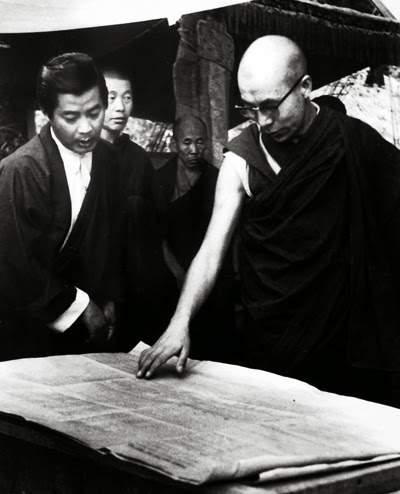
- PATRON
- GOVERNING BODY
- REPRESENTATIVES FROM THE
GOVERNMENT OF INDIA
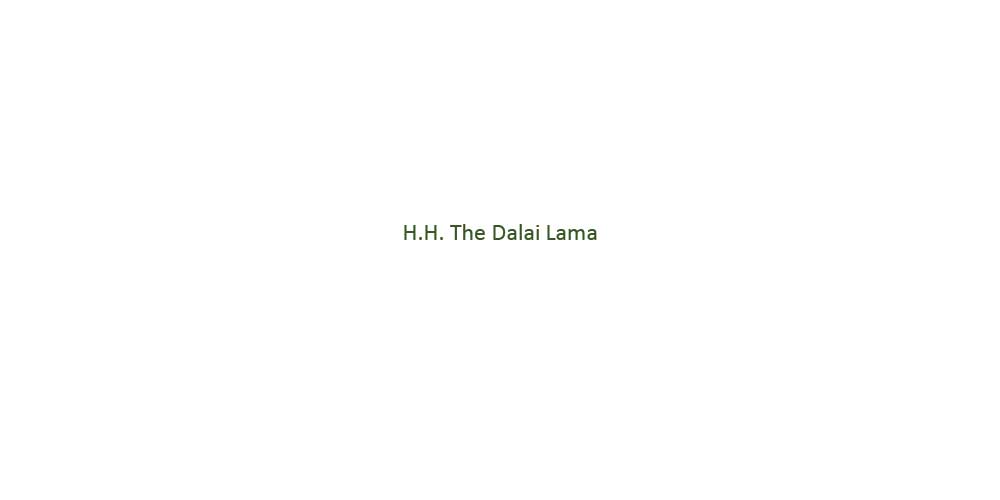
 Library of Tibetan Works and Archives The Library of Tibetan Works and Archives is a Tibetan library in Dharamshala, India.
Library of Tibetan Works and Archives The Library of Tibetan Works and Archives is a Tibetan library in Dharamshala, India.
